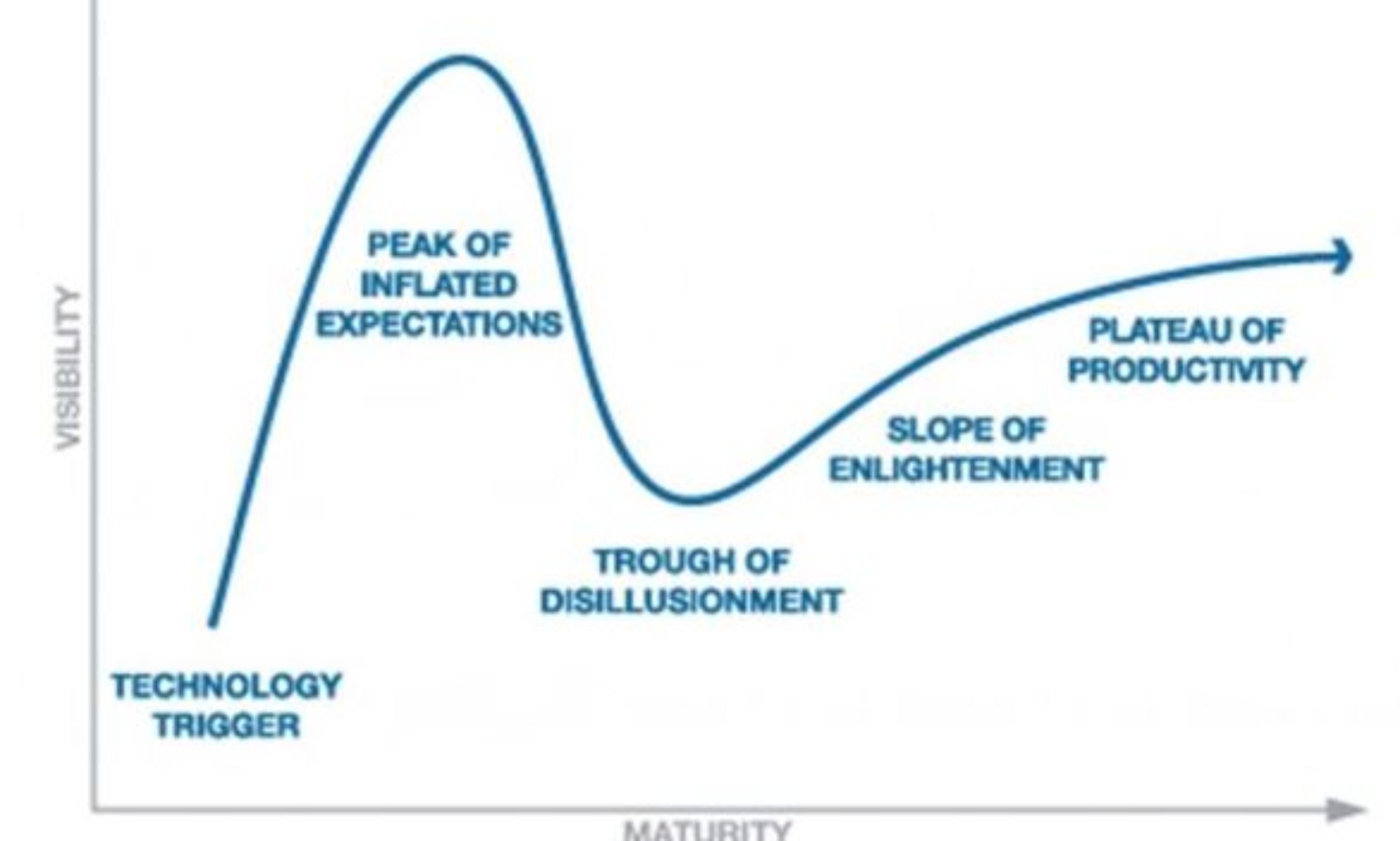What agencies and brands need to know about collaboration in data analytics
Michelle Harness, division vice president, digital agency and platform sales, Wiland, Inc.
The trend toward in-house agencies, or in-housing — most prominently represented by P&G bringing media planning and buying capabilities in-house — continues to be a hot topic in marketing.
Depending on the perspective, it’s either a fundamental change or just another chapter in the ongoing story of in-house versus external agency teams. So, when it comes to agencies helping their clients analyze and activate their customer data, deciding who should lead the process increasingly matters.
Brand and agency approaches to data analytics illustrate differences in perspective
Research from Digiday and Wiland identifies the most common data-related challenges for marketers. The study began by asking brands and agencies who did the heavy analytical lifting.
Among brand respondents, 77% said that their internal teams play a significant role in data analytics through in-house analytics (40%), hybrid teams (13%) or external infrastructure used in-house (24%), such as AWS, Azure and Snowflake.
Their counterparts on the agency side, however, reported being involved in data analysis for more than half of their client brands — either themselves (32%), through external infrastructure (19%) or by contracting with a third party (8%). That’s a much higher rate than the brands reported.
This discrepancy seems to be partially rooted in one outcome of a remarkably and quickly changing world of data — that is, brands and agencies often struggle to fully align on what constitutes analytics.
Brands typically have a micro-perspective focusing on details such as CRM data specifics, identifying ideal cohorts and achieving the best possible segmentation and personalization. Conversely, agencies have more of a macro-perspective that starts with learnings across multiple clients and campaign types and then works down to the client data itself — including what kinds of third-party data may be needed to fill gaps in the brand’s CRM data.
In that sense, it’s often true that clients and agencies are analyzing customer data simultaneously — with overlapping and distinct objectives.
Continue reading this article on digiday.com. Sign up for Digiday newsletters to get the latest on media, marketing and the future of TV.
This Gun Violence PSA Sneaks School Shooter Lines Into Stand-up Sets
How First-Party Data Is Helping The Container Store Think Outside The Box
The Container Store wants to get a better handle on its first-party customer data. The Container Store aims for personalized content that leads to deeper engagement and more conversions, according to Tory Marpe, The Container Store’s VP of loyalty. Enhancing its customer communications could help the home organization and storage retailer achieve its ambitious goals […]
The post How First-Party Data Is Helping The Container Store Think Outside The Box appeared first on AdExchanger.
Adobe: What Drives Gen Z
feel prepared for their employer to adopt the technology.

